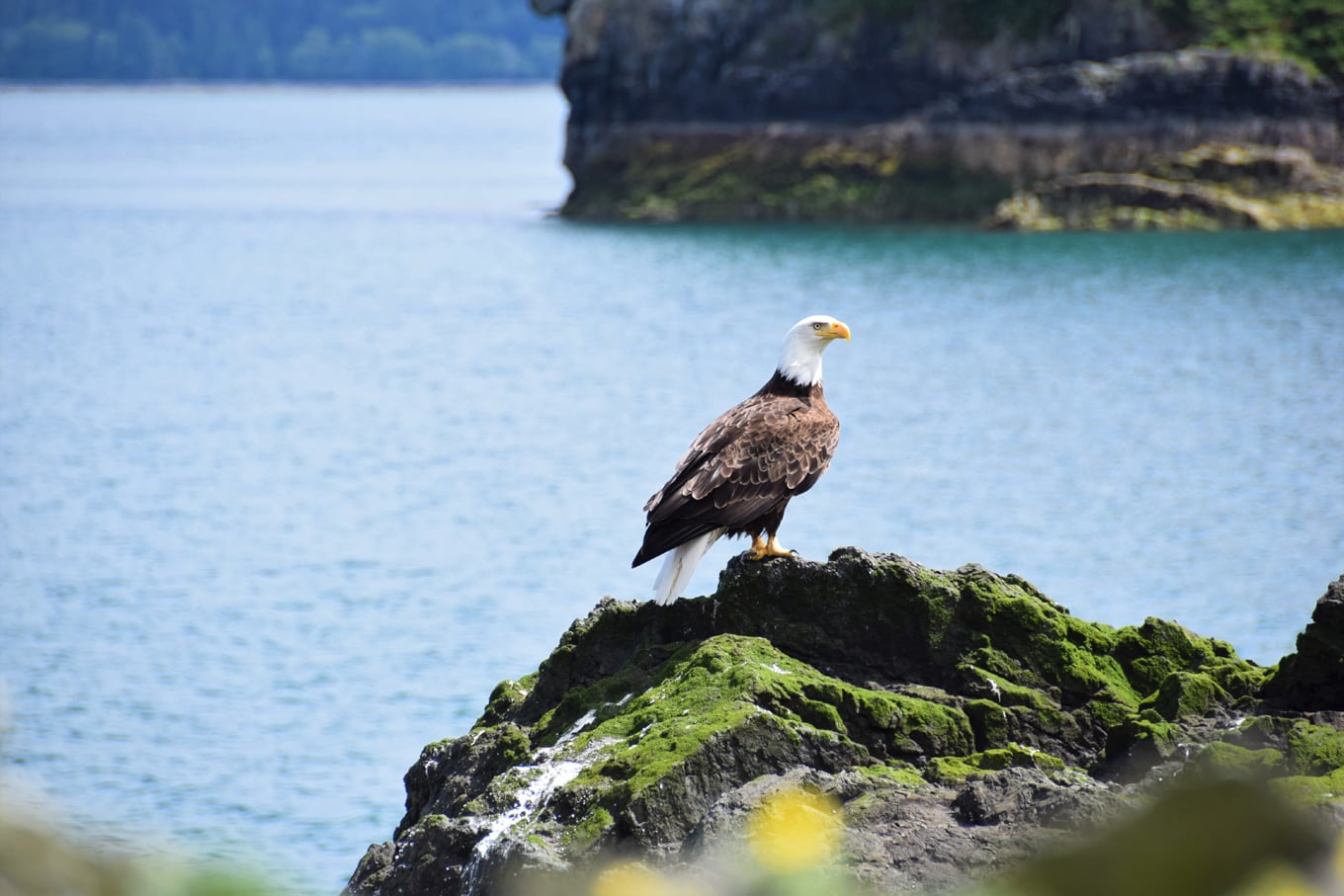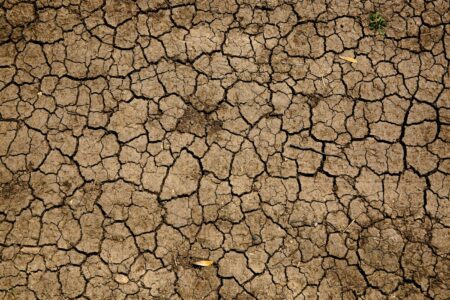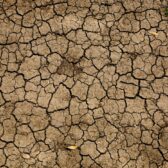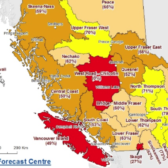Op/Ed: We need to roll up our sleeves and protect Canadian wildlife
Scientists estimate that up to one million species may be at risk of extinction in the next few decades. Extinction and the loss of nature now rank up there with climate change as the biggest issues facing not just our environment, but our economy and society.
However, there is reason to be optimistic. Yes, officially there are 877 species that have gone extinct since 1500. But even if we multiply this official number by a hundred, it still represents a relatively small fraction of the diversity of life on Earth today.
The age of mass extinction may be dawning, but there is still time to act. We still have a chance to save the critically endangered Atlantic whitefish, threatened turtles in many provinces and globally rare plants in BC’s Garry oak habitats. There has never been a time when nature conservation is so needed and can have such a lasting impact.
For many species, the most effective way to curtail the extinction crisis is to protect, restore and manage their habitats. Look after the tall grass prairie in Manitoba and the prairie will look after hundreds of species, including western prairie white-fringed orchid and monarch butterfly. Conserve and restore the wetlands on Pelee Island, and the wetlands will help migrating shorebirds and endangered reptiles.
Habitat protection is efficient and provides many benefits to people, such as water security, carbon storage and providing passive recreational sites to Canada’s wildlife and plants.
For some, we’ll need the help of zoos and botanical gardens. Species such as greater sage-grouse are very rare. Captive breeding and relocations can help increase their numbers and establish new populations. These projects can be difficult and expensive but also very effective. In Canada, species ranging from whooping crane to sea otter to swift fox have all been helped this way.
Other species are on the road to rarity because of human activities — such as pollution, climate change or unsustainable harvesting — that are directly or indirectly reducing their numbers.
Over a century ago, birds such as wood duck and great blue heron were on the edge of extinction because of over-hunting. Today, they are abundant.
Stopping wildlife extinction is complex. But we do have examples of success.
Like many birds of prey, bald eagle numbers were plummeting in the 1950s and 60s because of the pesticide DDT and indiscriminate shooting. We also moved eagles to new places to help them establish, and we protected the places where they nest. Moving eagles, banning DTT and introducing laws and social values that mean we don’t shoot eagles anymore was not easy. But actions back then benefited eagles and people today.
We can continue to witness the loss of wildlife, or we can turn it around. We can be active participants in the upcoming UN Decade on Ecosystem Restoration and the Abu Dhabi Call for Global Species Conservation Action that appeal to prevent human-driven extinctions by 2030.
Canada could stop all extinction and species loss from our own borders. We generally know which species are at the greatest risk. The Committee on the Status of Endangered Wildlife in Canada assesses new species every year. Provincial and territorial Conservation Data Centres track the status of almost 30,000 species. We can all protect habitat by supporting Nature Conservancy of Canada and match funding that is available through the Natural Heritage Conservation Program.
There are a million species waiting for us to save them. We can start by saving those that live in Canada.
(Dan Kraus is senior conservation biologist with the Nature Conservancy of Canada)

























